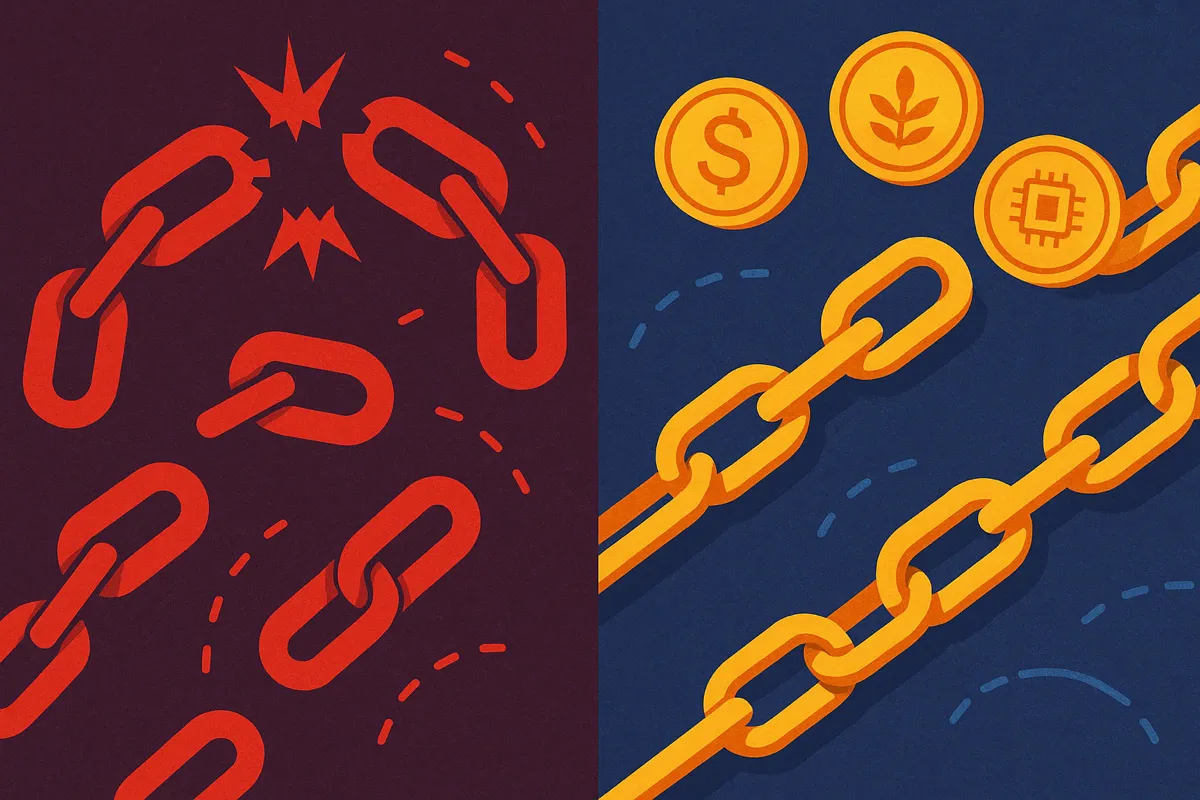Not Everything Needs a Token

Back in 2017, everything was going on chain. Coffee beans, dental records, even cat breeding histories. Money flowed into pilots across every industry.
Seven years later, most of those experiments are gone. Quietly shelved, never making it past proof of concept.
But here is the part that matters: the small fraction that survived are now handling trillions in settlement. They work not because blockchain was forced into the problem, but because blockchain fit the problem.
I’ve shipped both kinds, the ones that died and the ones that scaled. Here’s what we learned building them.
Why Some Use Cases Survived
The systems that lasted didn’t try to compete where existing solutions were already excellent. They focused on problems where traditional rails were brittle, expensive, or corrupt.
Patterns that stood out:
- Finality matters more than throughput: We once optimized for high TPS, only to discover users cared about final settlement. Systems that cut settlement to under a minute won trust, even if raw throughput was lower.
- Offchain by default, onchain for settlement: Keeping business logic, state, and UX offchain while anchoring value or audit trails onchain made costs sustainable and systems usable.
- Minimize oracles: A supply chain prototype failed because data integrity costs outweighed the system it tried to replace. Survivors limited oracles to narrow, high-value signals like price feeds.
- Corridor first, chain second: Deployments followed liquidity, off ramps, and compliance gates, not technical benchmarks alone.
What Works Today
- Cross-border payments: Stablecoins settle faster and cheaper than SWIFT in active corridors
- Collateral markets: DeFi liquidations run 24/7, protecting lenders in volatile markets
- Permissionless dollars: USDC and USDT circulate globally, giving access where bank accounts are gated
- Corruption-resistant records: Land titles anchored onchain make disappearing files harder in fragile institutions
These aren’t experiments anymore. They’re production systems moving billions daily.
What Remains Mostly Hype
- Retail payments: Card networks already win on speed, ubiquity, and user experience
- Supply chains: Shared databases still solve this cheaper and with less friction
- Identity: Public ledgers raise recovery and privacy risks that outweigh benefits for most use cases
- Social media: Onchain posts only add cost, latency, and permanence without solving product problems
The Technical Lessons
From both failed pilots and surviving systems, a few engineering truths stand out:
- Settlement finality matters more than raw throughput
- Oracles expand the attack surface unless kept narrow
- Token design choices matter; rebase tokens broke integrations, wrapped tokens with explicit exchange rates proved stable
- Production discipline is non-negotiable; uptime, monitoring, and safe upgrade paths separate pilots from products
The Pattern
Blockchain doesn’t need to fix everything. It needs to fix what’s broken.
- Stablecoins: Supply in the hundreds of billions, trillions settled annually
- DeFi: Tens of billions locked, running nonstop across millions of wallets
- Cards for context: Tens of trillions processed yearly, a reminder of scale and habit
The opportunity isn’t in tokenizing every object or database. It’s in the narrow set of use cases where immutability, uptime, and permissionless access change real-world outcomes.
What is the most surprising use case you have seen succeed on chain, and what technical choice made it work?